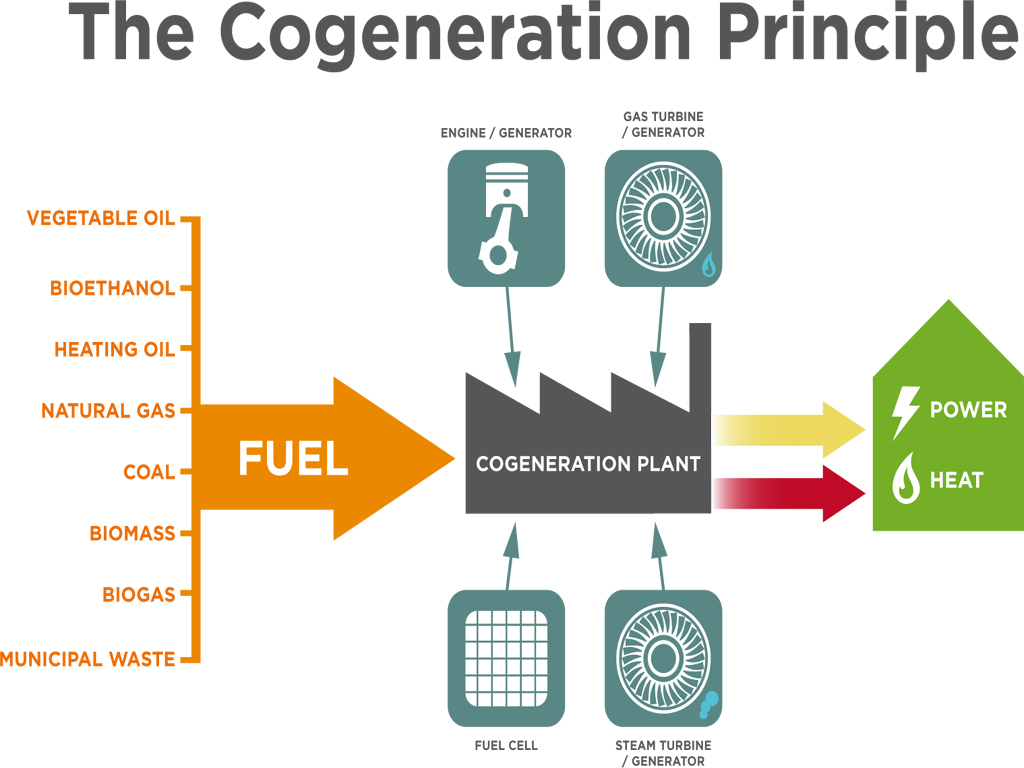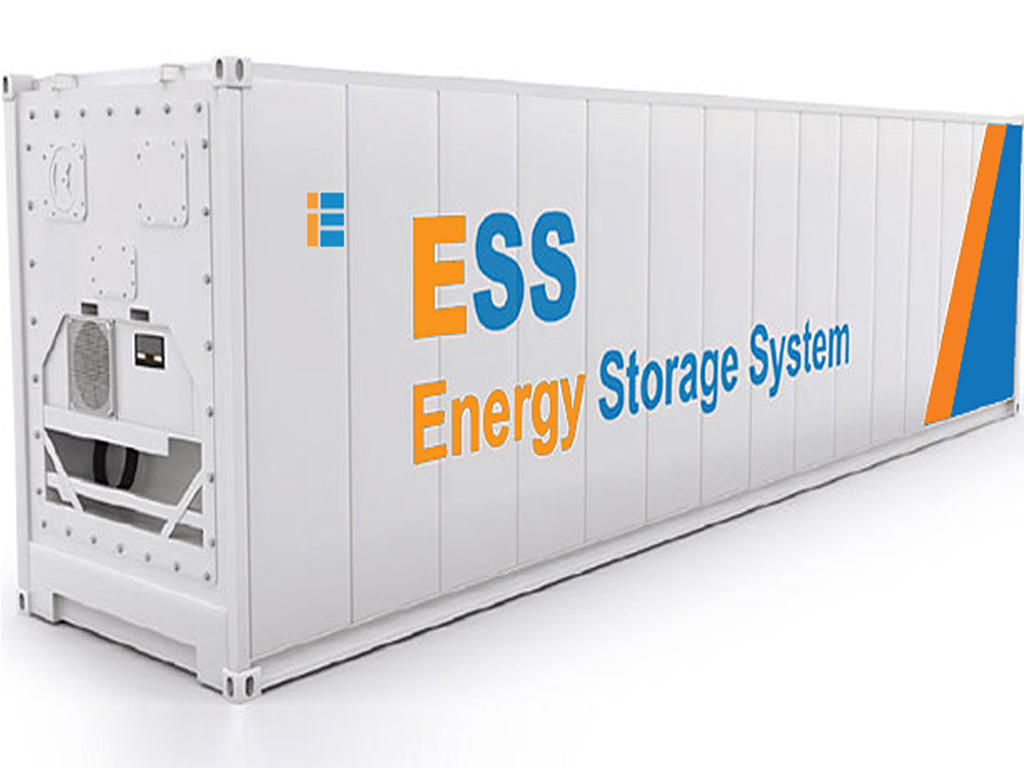Definition :
A Hydro Power Plant (also called a Hydroelectric Power Plant) is a facility that generates electricity by harnessing the energy of flowing or falling water. The basic principle involves converting the potential energy of water stored in a reservoir or natural water body into mechanical energy, which is then transformed into electrical energy via turbines and generators.
2. Construction of Hydro Power Plant:
The construction of a hydroelectric power plant involves several critical stages, including:
Site Selection:
- The location must have a natural water source like a river, stream, or reservoir with sufficient flow and elevation to generate the required power.
Reservoir/Dam Construction:
- In many hydro plants, a dam is built across a river to create a reservoir. The dam stores water, raising its potential energy.
- A spillway is included to safely release excess water when necessary.
Intake:
The point where water enters the penstock.
4. Penstocks:
The water from the reservoir is channeled through large pipes called penstocks. These pipes direct the water flow towards the turbines. A pipe or tunnel that carries water to the turbine.
5. Powerhouse and Turbines:
- A powerhouse is constructed near the dam where the turbine and generator are located.
- Turbines are large machines that convert the energy of flowing water into rotational mechanical energy
6.Generator:
- Attached to the turbines, the generator converts mechanical energy into electrical energy via electromagnetic induction.
7. Transmission Lines:
- The electricity generated is transferred to the grid via transmission lines. Transformers are often used to increase the voltage for long-distance transmission.
8. Outflow Channel:
- After the water passes through the turbines, it is discharged back into the river or water body, often through an outflow channel or tailrace.
Working Principle:
- The process begins with water stored in a reservoir at a higher elevation.
- The water flows through the penstock, gaining speed as it descends.
- The force of the moving water spins the turbine.
- The turbine is connected to a generator, which converts the rotational motion into electricity.
- The electricity is then transformed to a higher voltage for efficient transmission over power lines.
Types of Hydroelectric Power Plants
Hydroelectric power plants can be categorized based on their design, operation, and the way they harness water to generate electricity. The three main types of hydroelectric power plants are:
1. Storage (Reservoir) Hydroelectric Power Plants
These are the most common and widely used type of hydroelectric plants. They use a reservoir to store a large amount of water, which is released as needed to generate electricity.
Key Characteristics:
- Reservoir: A large artificial lake or basin created by a dam across a river.
- Water Storage: The plant stores water at a higher elevation to provide a consistent flow of water when needed.
- Control: The water flow can be controlled to meet the electricity demand, making these plants highly flexible and efficient for base-load and peak-load generation.
Working:
- Water is stored in the reservoir and released through the penstock to the turbines. The flow of water turns the turbine blades, which drive the generator to produce electricity. The flow of water can be regulated depending on demand.
Example:
- Hoover Dam (USA), Three Gorges Dam (China)
2. Run-of-River Hydroelectric Power Plants
These plants do not require a large reservoir or dam. They harness the natural flow of the river, using the river’s existing current to generate electricity.
Key Characteristics:
- No large reservoir: Water flows through the plant directly from the river or stream without being stored.
- Minimal Impact on River: Since there is no large dam or reservoir, these plants have less environmental impact on the river ecosystem.
- Continuous Flow: They generate power as long as the river has a constant flow.
Working:
- Water is diverted from the river through a channel or penstock into the turbine. The turbine is turned by the flowing water, which generates electricity. The water is then returned to the river downstream.
Example:
- La Grande Complex (Canada), Seward Hydro Plant (Alaska, USA)
3. Pumped Storage Hydroelectric Power Plants
Pumped storage plants are a type of hydroelectric power plant used for energy storage and are often used to balance supply and demand on the electrical grid. These plants store energy in the form of water.
Key Characteristics:
- Two reservoirs: One reservoir is located at a higher elevation, and the other is at a lower elevation.
- Energy Storage: When there is excess energy (typically during low demand), water is pumped from the lower reservoir to the higher one, storing energy for later use.
- Energy Release: During high demand, water is released from the upper reservoir, passing through turbines to generate electricity.
Working:
- During periods of low electricity demand, excess electricity is used to pump water from the lower reservoir to the upper reservoir. When electricity demand peaks, water from the upper reservoir is released, flowing through turbines to generate electricity. This process provides quick, reliable energy during peak load times.
Example:
- Bath County Pumped Storage Station (USA), Okutataragi Power Station (Japan)
4. Micro and Mini Hydro-power Plants
These are small-scale hydroelectric plants designed to generate power for small communities or individual use. They usually involve small dams or weirs with lower water flow rates and generate a small amount of power.
Key Characteristics:
- Small Scale: Typically used in rural or remote areas, with capacities of less than 100 kW (Micro) or 100-1000 kW (Mini).
- Environmentally Friendly: They have minimal impact on the environment compared to larger plants.
- Cost-effective: These systems are cheaper to install and maintain, making them ideal for small-scale power needs.
Working:
- Similar to larger plants, micro and mini hydro plants use the kinetic energy of flowing water to turn turbines, which generate electricity. The difference is in the scale and the amount of power produced.
Example:
- Small-scale community systems in remote areas in countries like Nepal, India, and Switzerland.
History of Hydro Power Plants:
- The use of water power dates back to ancient times, with waterwheels used for grinding grain and other tasks.
- The first hydroelectric power plant was built in 1878 in Northumberland, England.
- In the late 19th and early 20th centuries, hydroelectric power became a major source of electricity, particularly in mountainous regions with abundant water resources.
- In 1901, The Hoover Dam in the United States became a major hydropower facility, producing electricity for nearby regions. Its success paved the way for more large-scale hydroelectric plants around the world.
- In 1920, hydropower plants began to be used on a much larger scale, helping to industrialize many regions.
- Today, hydro power is one of the largest and most reliable sources of renewable energy. Large plants like Three Gorges Dam in China and Itaipu Dam between Brazil and Paraguay are among the largest producers of hydroelectric power.
Advantages of Hydro Power Plants
Renewable Energy Source:
- Hydro power is a renewable source of energy, meaning it won’t run out as long as the water cycle continues.
Low Operational Costs:
- After the plant is built, the operational costs are relatively low, and the plant has a long lifespan (often 50-100 years).
Grid Stability:
- Hydropower plants can provide a stable and continuous supply of electricity, helping maintain grid stability.
Flood Control & Water Supply:
- Dams built for hydropower can help control flooding and provide water for irrigation and domestic use.
Disadvantages of Hydro Power Plants
Environmental Impact:
- Large dams can have significant environmental effects, such as altering ecosystems, disrupting aquatic life, and displacing communities.
High Initial Cost:
- Building a hydroelectric power plant can be expensive and time-consuming, due to the large-scale infrastructure required.
Location Limitation:
- Hydropower plants require specific geographical conditions like a suitable water source and elevation changes, limiting where they can be built.
Sedimentation Issues:
- Over time, reservoirs may become filled with sediment, reducing their capacity and efficiency.
Related Posts:
- Pelton Turbine (Impulse turbine)
- Francis Turbine (Reaction turbine)
- Kaplan Turbine [Reaction turbine (axial-flow)]
- Bulb Turbine (a variation of the Kaplan turbine)
- Cross-flow Turbine (Impulse turbine)
- Coal Based Power Plant / Steam Power Plant
- Gas Turbine Power plant.
- MCQ Quiz Test of Hydro-power plants.

